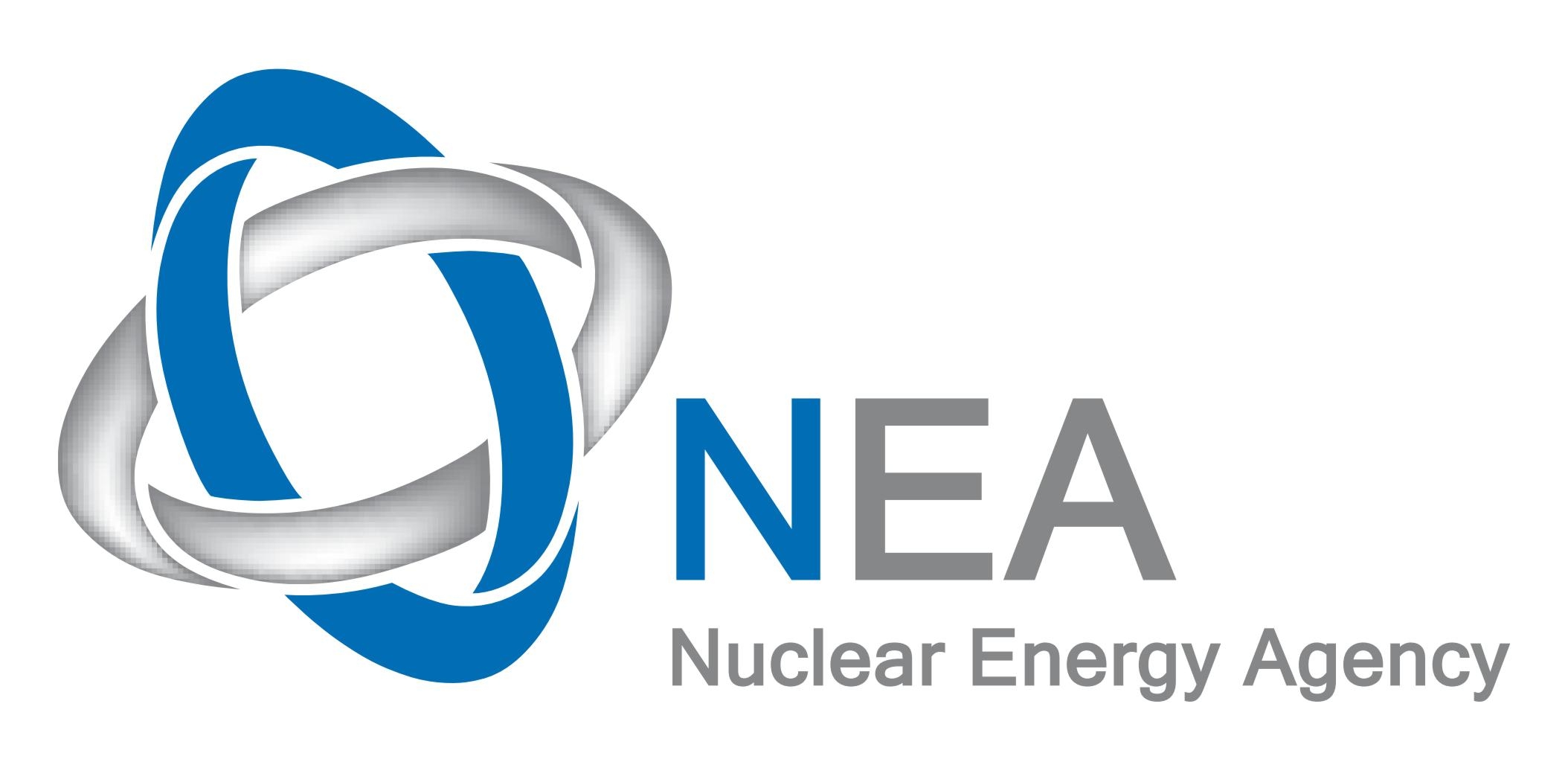Part 2 of 2 Parts (Please read Part 1 first)
Experience with actual HEAFs at nuclear power plants has demonstrated that the current preventative and mitigative factors are not sufficient to deal with the threat posed by some HEAFs. In some cases, arcs have lasted much longer than predicted durations and caused more damage than expected. In other cases, HEAF have caused damage to equipment that is outside of the defined ZOI.
During the Fukushima nuclear disaster in Japan in March of 2011, there was a HEAF at the Onagawa nuclear power plant. The motion of the ground caused by the earthquake prevented the automatic shut off of a circuit breaker. The fire burned for seven hours because firemen were not able to enter the room to extinguish the blaze due to the smoke and heat.
The U.S., Japan and other countries subsequently studied HEAFs. The NRC was involved with a series of tests to pin down critical variables that contribute to the intensity of a HEAF and the damage caused. This resulted in the NRC taking two actions.
First, the NRC put HEAF events into its generic issues program in August of 2017. Second, the NRC issued an information notice to the operators of all nuclear power plants in the U.S. with details on the tests that had been carried out and the information gained from the tests.
The test results suggest that a tiered approach be used to deal with HEAFs. After the key factors such as voltage levels, materials, and arc durations were identified, they were used to separate out configurations in a nuclear power plant that might threaten safety margins. As an example, an electrical cabinet configuration that could be problematic is not a concern if it is far enough away from any safety equipment that it could not possibly cause a problem even it was vaporized by a HEAF. There will also be no concern if configurations satisfy safety standards.
For configurations that might cause a problem, there are different possible remedies. Some situations might call for a more reliable and robust fault detector that quickly shuts off a circuit breaker in order to shorten the duration of the arc. In other situations, it might be wise to switch materials for buses like using copper buses in place of aluminum buses. In still other cases, the remedy might be to just build a wall between an electrical cabinet and safety equipment.
Although the problems with HEAFs and applicable rules and regulations have been known for some time, the NRC and others have only recently been able to obtain the necessary knowledge needed to move forward with improvements in the handling of HEAFs. While the improvement in understanding of HEAFs and developing possible solutions is important, the next step is to finish testing and studying and move forward with implementing the proposed solutions.
